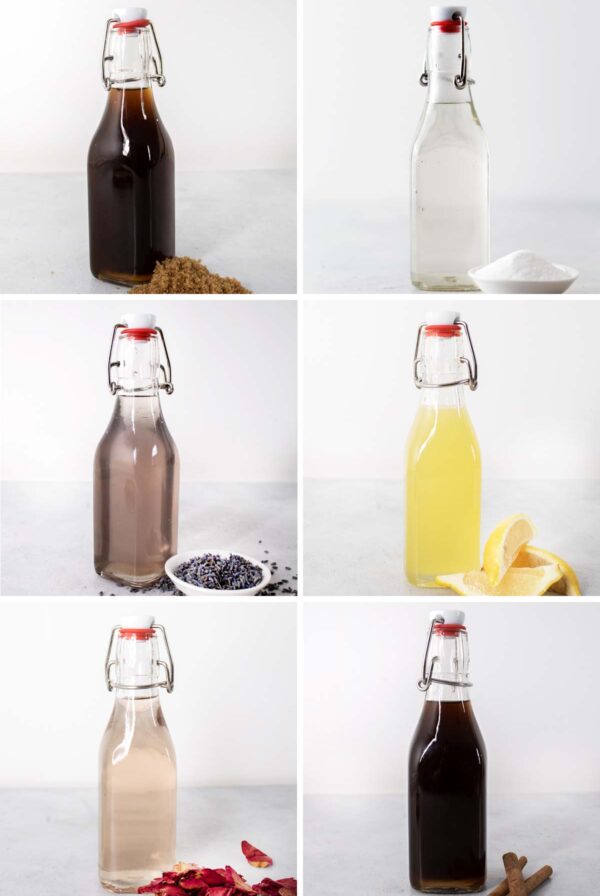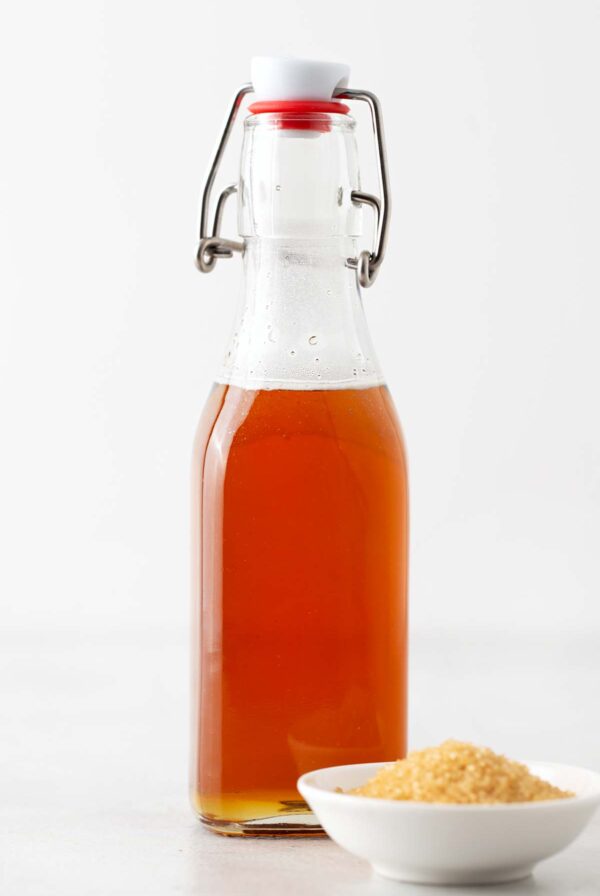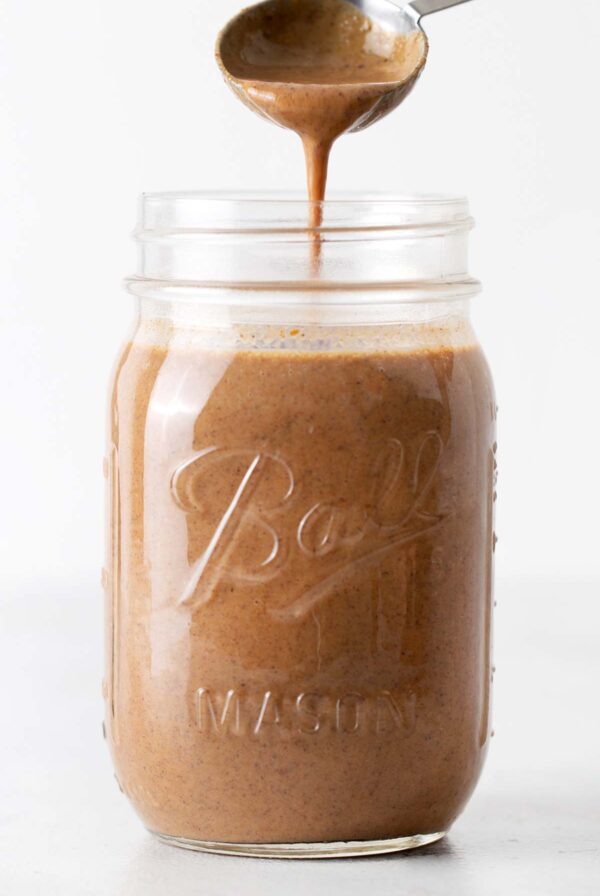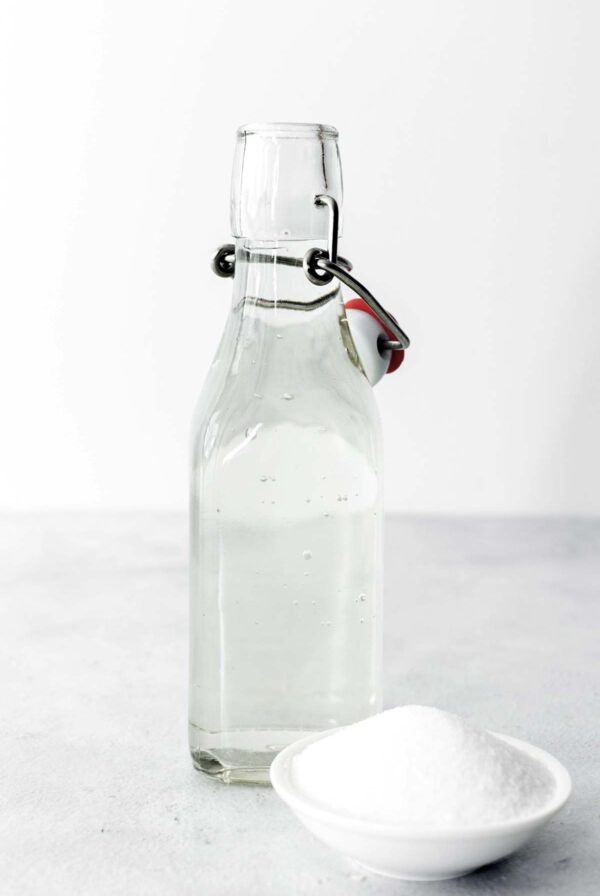Matcha vs. Coffee: What’s the Difference?
on Mar 30, 2024
This post may contain affiliate links. As an Amazon Associate, I earn from qualifying purchases.
Matcha and coffee are both popular beverages for boosting energy. See the differences between these two energizing drinks.

Matcha vs. Coffee
Matcha and coffee are two popular caffeinated drinks. Not only do they boost energy, but they’re flavorful, hot or iced. There are many differences though, from how they’re made to how they taste.
RELATED: Matcha vs. Green Tea: What’s the Difference?
How It’s Made
Matcha: Matcha is a green tea made from the leaves of the Camellia sinensis plant. The tea leaves undergo an intensive process that includes shading the plant, de-stemming, de-veining, and grinding the leaves. The end product is a fine powder made from ground tea leaves.
Coffee: Coffee is made from coffee cherries harvested from coffee plants. The cherries are dried, hulled, and polished until the fruit is removed from the coffee beans inside the cherries. The beans are then dried, roasted (to light, medium, or dark roasts), and ground, resulting in medium-course coffee grounds ready for brewing.
Brewing Method
Matcha: Matcha is traditionally enjoyed hot during Japanese tea ceremonies. To make matcha, you need a special bamboo whisk, a bamboo scoop, a matcha bowl, a mesh strainer, and an electric kettle.
Matcha powder needs to be whisked into hot water because it does not dissolve. Whisking the powder suspends and evenly disperses it throughout the water for drinking.
Coffee: Brewed coffee is made using the gravity filter method (drip coffee machine) where water flows through coffee grounds slowly. The process can take 3-5 minutes.
Caffeine Content
Matcha: Matcha contains 19 to 44 mg of caffeine per gram (about 38 to 88 mg of caffeine per 2-gram serving), according to the National Institutes of Health.
Tea Sommelier’s Note
Matcha naturally contains L-theanine, a molecule that counteracts the side effects of caffeine and promotes calmness. That means that matcha provides a steadier energy boost than coffee.
Coffee: A 1 ounce serving of coffee contains about 12 to 16 mg of caffeine, which means a standard 8 ounce cup can contain 96 to 128 mg of caffeine.
Color
Matcha: Matcha has a bright green color that comes from the shading process. The tea plant is shaded for 3 weeks to develop the compound chlorophyll, which makes it green. If the green color is richer and vibrant, it means that the matcha is better quality.
Coffee: Coffee is a deep, rich brown-black color that comes from roasted coffee beans.
Flavor
Matcha: Matcha has a mellow, grassy, and pleasantly bitter flavor. It tastes fresh and vegetal (reminiscent of spinach) but with a sweet, nutty umami aroma.
Coffee: Coffee is sweet, earthy, and bitter with acidic notes. It is fragrant from the roasting process.
Health Benefits
Matcha: Matcha is rich in antioxidants like polyphenols and catechins that reduce oxidative stress and protect healthy cells from damage. The tea contains L-theanine, which gives you calming effects and steady energy without the caffeine crash.
The nutrients in matcha are more potent than in coffee because the drink contains actual tea leaves in a powder form.
Coffee: Coffee also contains a healthy amount of antioxidants that reduce inflammation and protect against disease, according to John Hopkins Medicine. Studies have found that drinking coffee in moderation can help protect you from a range of health issues, like type 2 diabetes, heart disease, and Parkinson’s.
What is Matcha?
Matcha (pronounced MAHT-CHA or MA-CHA) is a Japanese green tea that has been finely ground into a powder. In Japanese, “matsu” means rubbed and “cha” means tea, so the translation is “rubbed, or ground tea.”
Matcha has been used for centuries in Japanese tea ceremonies and has become popular around the world for its bright green color and health benefits.
When enjoyed traditionally, it is often paired with something sweet to balance the bitterness. Matcha can also be used in a variety of drinks and also for cooking and baking.
Delicious matcha drink recipes:
What is Coffee?
Coffee is a popular caffeinated beverage brewed from roasted and ground coffee beans.
Coffee beans come from coffee cherries that grow on coffee plants. Coffee originates from Ethiopia and is mainly grown around the equator, including parts of Central and South America, Africa, the Middle East, and Asia.
Coffee is brewed by pouring nearly boiling water over ground coffee beans and a filter. It is served hot or iced.
You can have coffee black (no milk or sugar) or add your favorite milk, flavored syrups, and toppings for a more decadent treat.
Coffee recipes to try:
Questions You May Have
Matcha is considered healthier than coffee because it contains L-theanine, which provides a sustained energy boost and promotes relaxation. Both matcha and coffee have antioxidants, but matcha is extra rich in antioxidants because you drink the actual tea leaves.
Yes, matcha is better to drink for anxiety than coffee because it contains L-theanine, which counteracts the side effects of caffeine like anxiety and jitters.
Coffee has more caffeine than matcha. A 2-gram serving of matcha can have 38 to 88 mg of caffeine, while an 8-oz cup of coffee can have 96 to 128 mg of caffeine.











